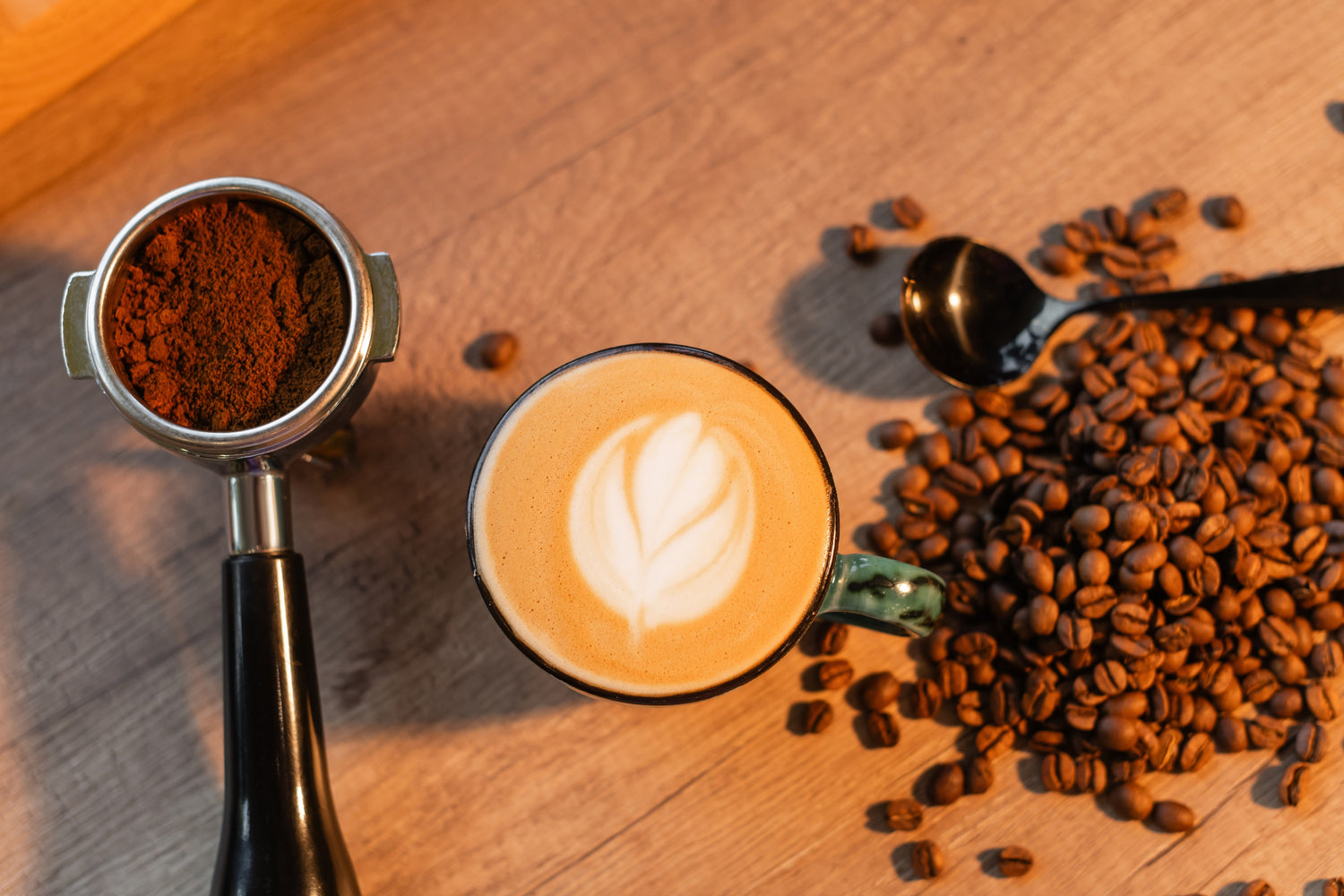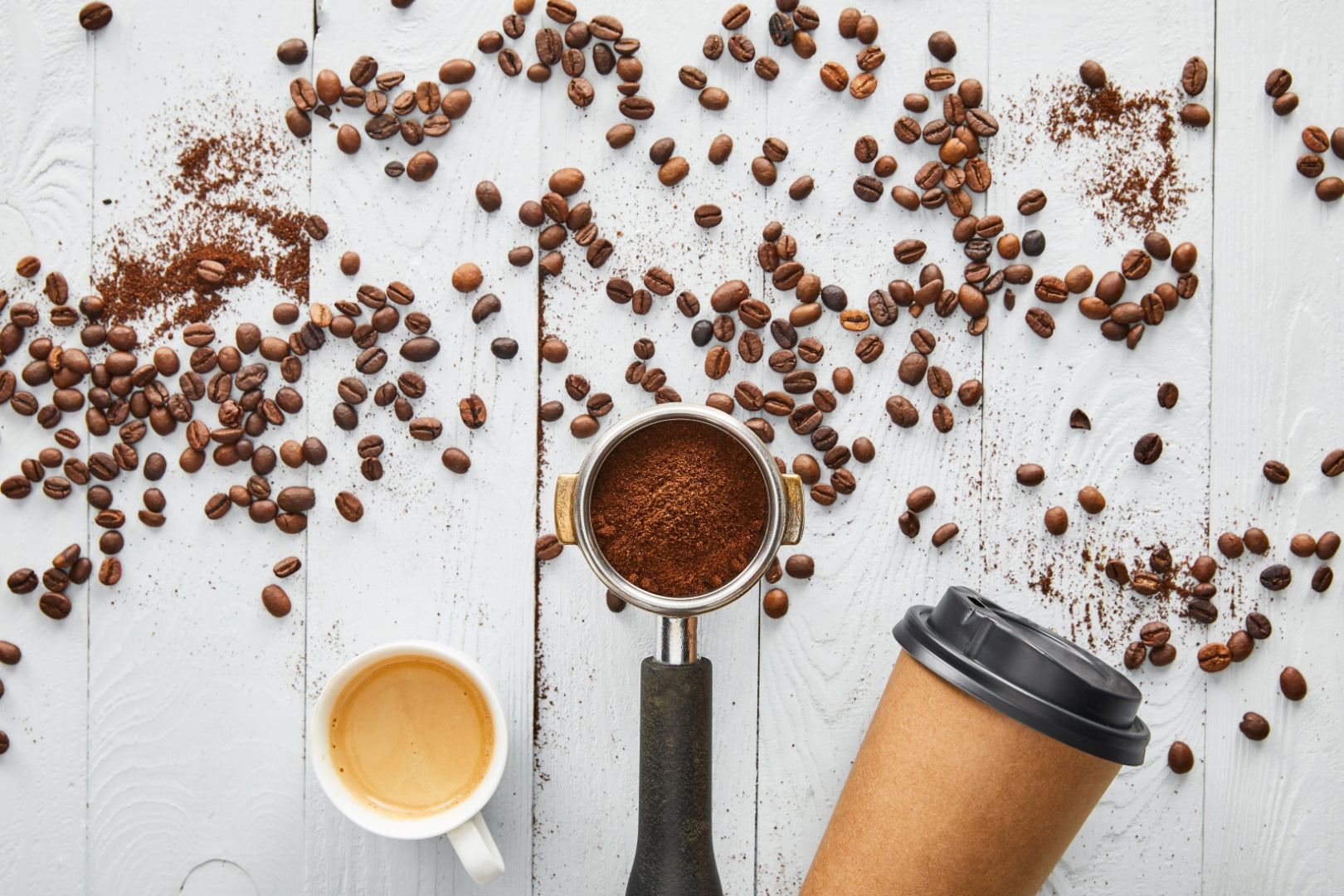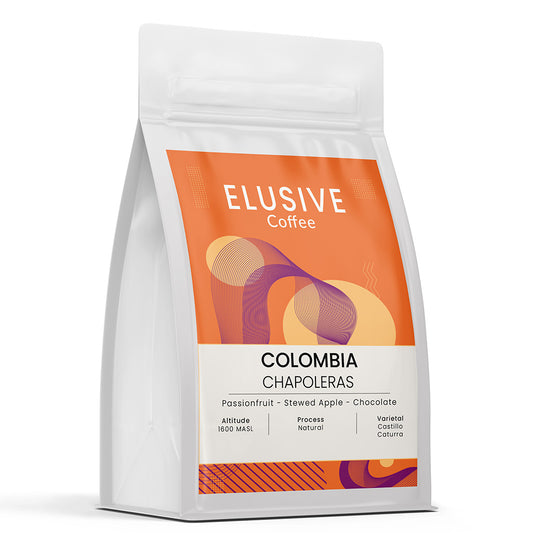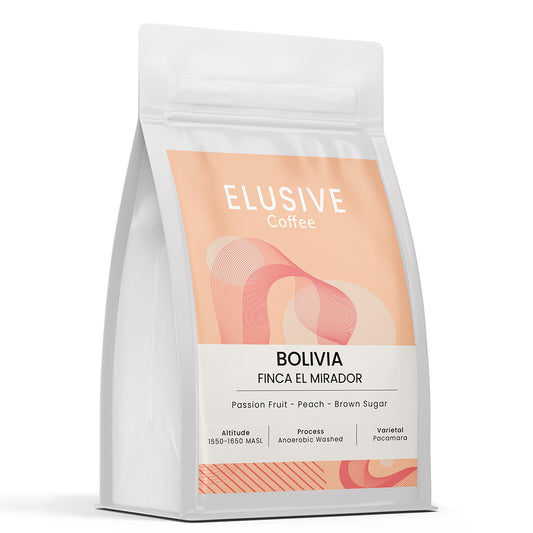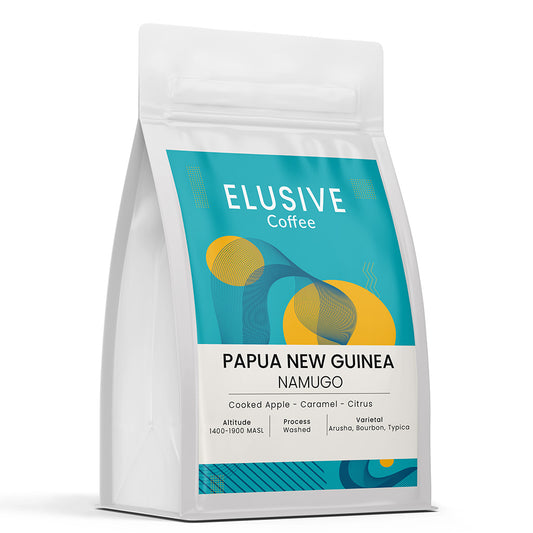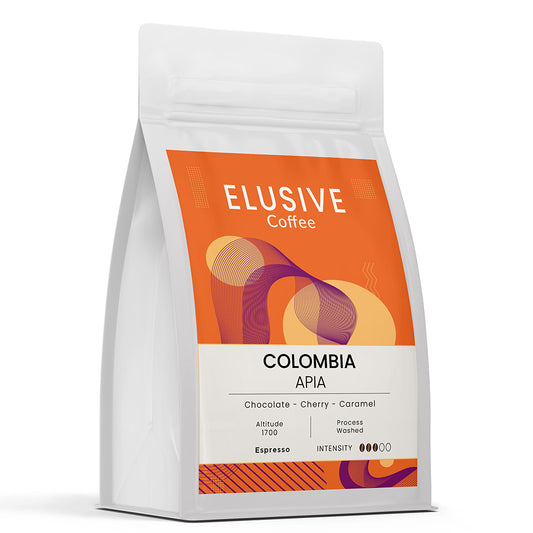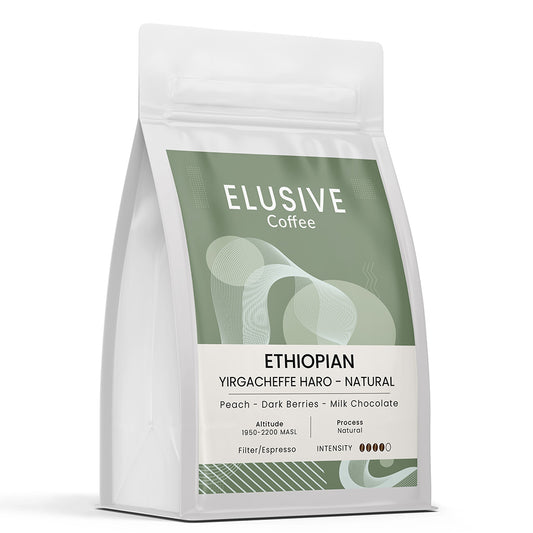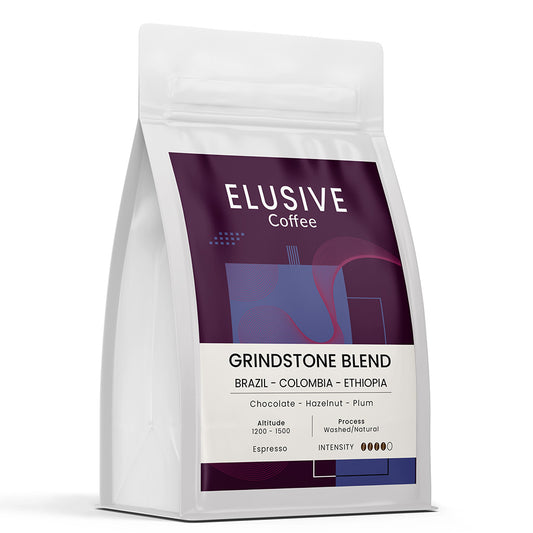
Share
At Elusive Coffee, we know that the journey to a perfect cup doesn't end when the roaster cools down. In fact, one of the most crucial, yet often overlooked, steps happens in the quiet days after the roast: it's called degassing. Think of it as letting your coffee breathe. This simple pause is the secret to unlocking the rich, balanced, and truly elusive flavors we all chase.
But how long is long enough? Let's dive into the science and art of resting your coffee beans.

What is Degassing and Why Does It Matter?
When coffee beans are roasted, a flurry of chemical reactions creates a significant amount of carbon dioxide (CO2). This gas gets trapped inside the beans. If you grind and brew them too soon, the hot water triggers a rapid, almost explosive release of this CO2.
This "gassy" coffee can cause a number of problems, from an uneven extraction (leading to sour or bitter flavors) to a weak and disappointing brew. By giving your coffee time to degas, you allow this excess CO2 to escape, paving the way for a smoother, more flavorful extraction.
Espresso vs. Filter: A Tale of Two Timelines
Your ideal degassing time heavily depends on your brewing method.
For the Espresso Lovers: Patience is Your Superpower
Espresso is the ultimate test of a well-rested coffee. The high pressure of an espresso machine amplifies any issues with excess CO2, leading to:
-
Channeling: Gassy pockets in your coffee puck that cause watery, under-extracted shots.
-
Unruly Crema: A foamy, bubbly crema that vanishes in seconds.
-
Inconsistent Shots: Wildly varying shot times that make dialing in a nightmare.
Our Recommendation for Espresso: Give your beans a good rest. We suggest waiting at least 7 to 14 days after the roast date. For lighter, denser roasts, you might even find the sweet spot is closer to three weeks.

For the Filter Fans: A Little More Leeway
Filter methods like pour-over, drip, or French press are far more forgiving. The gentle interaction between water and coffee allows CO2 to escape without causing major extraction chaos. That beautiful "bloom" you see when you first add water is a sign of freshness, and it's a welcome part of the filter brewing ritual.
Our Recommendation for Filter: You can start enjoying your filter coffee much sooner. A window of 3 to 7 days after roasting is a great starting point. Don't be afraid to experiment on the earlier side if you enjoy the vibrant, lively notes of a super-fresh brew!

"Best Consumed Within" vs. "Best Before": A Guide to Peak Freshness
You’ve probably noticed two dates on our Elusive Coffee bags: a "Best Consumed Within 3 Months" sticker and a "Best Before" date set 12 months from the roast date. This can seem confusing, so let's clear it up. Think of it as the difference between good and truly exceptional.
-
Best Consumed Within 3 Months: This is our recommendation for peak freshness. Within this three-month window (and after the initial degassing period), your coffee will be at its most vibrant and expressive. This is when you'll taste all the complex, delicate, and exciting flavor notes we worked so hard to develop in the roast. It’s the period where your coffee is alive and at its absolute best.
-
Best Before (12 Months): This date is about shelf life. The coffee is still safe to consume up to this point, but it will have lost the magic that makes it special. Over time, the volatile aromatic compounds that create flavor and aroma degrade. After three months, you'll notice a significant drop-off in complexity. The coffee will taste flatter, more generic, and the unique character of its origin will have faded.
So, while your coffee won't "go bad" for a year, the experience of drinking it will be worlds apart. We put both dates on the bag to give you the full picture, but our passion is for peak flavor, and that lives squarely within those first three months.
[Image Prompt: Two coffee bags side-by-side. One clearly labelled "Best Consumed Within 3 Months" with vibrant, fresh-looking coffee. The other, next to it, showing a "Best Before: 12 Months" label, with slightly muted, less appealing coffee, perhaps faded colors, to visually represent the difference in quality over time. Focus on conveying the concept of "peak freshness" vs. "safe to consume".]
Not All Beans Are Created Equal: Roast & Processing Matter
To truly master the art of degassing, consider the coffee itself.
-
Roast Level: Darker roasts are more porous and release CO2 quickly, so they're ready sooner. Lighter roasts are denser and hold onto gas for longer, so they benefit from an extended rest.
-
Processing Method: Washed coffees tend to be "cleaner" and degas faster. Natural and honey-processed coffees often need a bit more time to settle and develop their full flavor profile.

Your Quick Guide to Perfect Timing
To make it even easier, here's a handy chart to guide you on your quest for the perfect brew within that peak 3-month window:
| Brewing Method | Roast Level | Washed Process | Natural/Honey Process |
| Espresso | Light | 10-14+ days | 14-21+ days |
| Medium | 7-12 days | 10-16 days | |
| Dark | 5-9 days | 7-12 days | |
| Filter | Light | 4-7 days | 7-10 days |
| Medium | 3-6 days | 5-9 days | |
| Dark | 2-5 days | 4-7 days |
The next time you get a fresh bag of beans from us at Elusive Coffee, we encourage you to try this: cup a little each day and notice how the flavors evolve. You'll be amazed at the difference a few days can make in unlocking that perfect cup.
Happy brewing!
